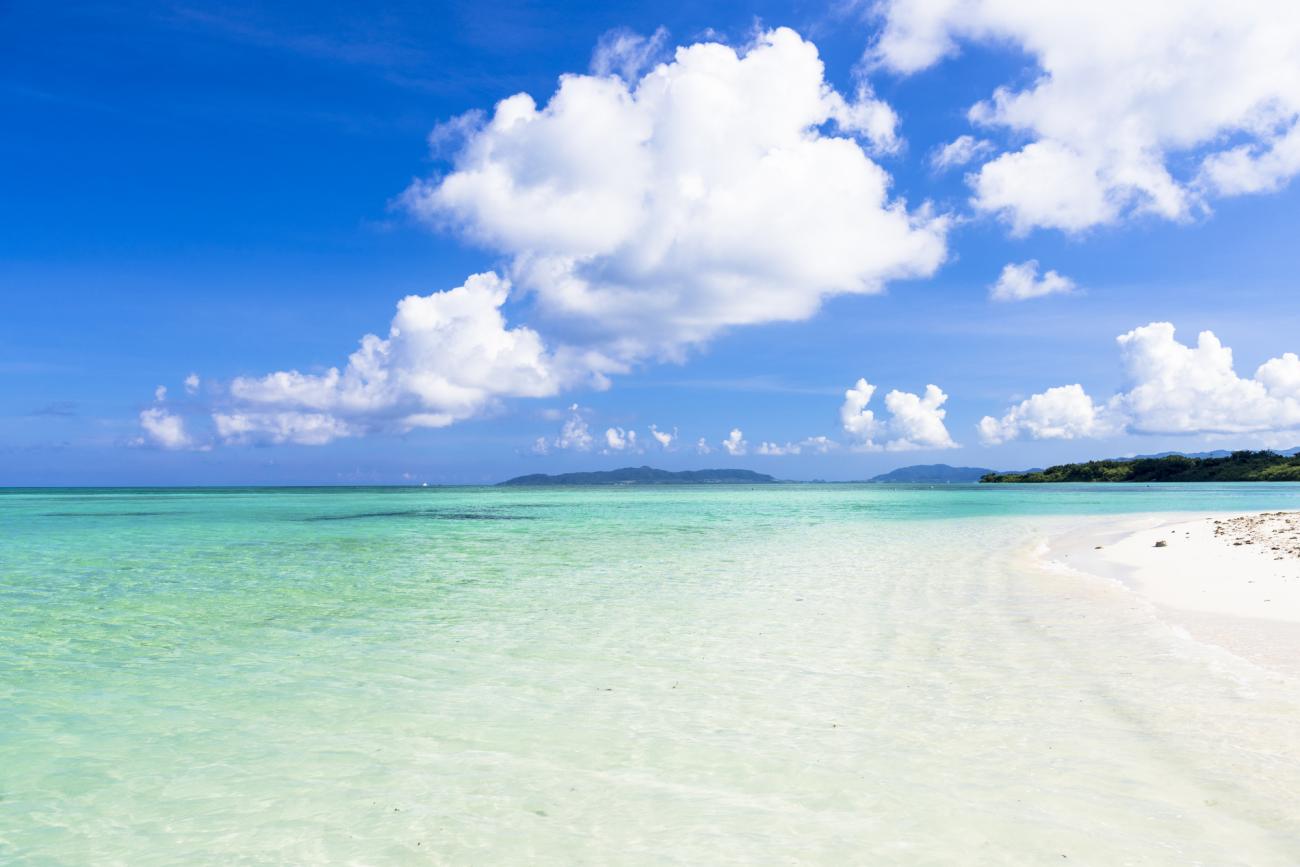
Island Hopping: Unique Stays on Japan's Remote Islands
There’s far more to Japan than its cities, and if you venture off the beaten path, you’ll be richly rewarded with natural beauty, fascinating cultures, and historic relics. Japan is an island nation with over 7,000 islands of varying sizes to explore. We’ve handpicked a few of its remote islands with plenty of local charm and incredible accommodations to give you a glimpse of Japanese life far from the metropolises.
1. Yoron Island (Kagoshima)
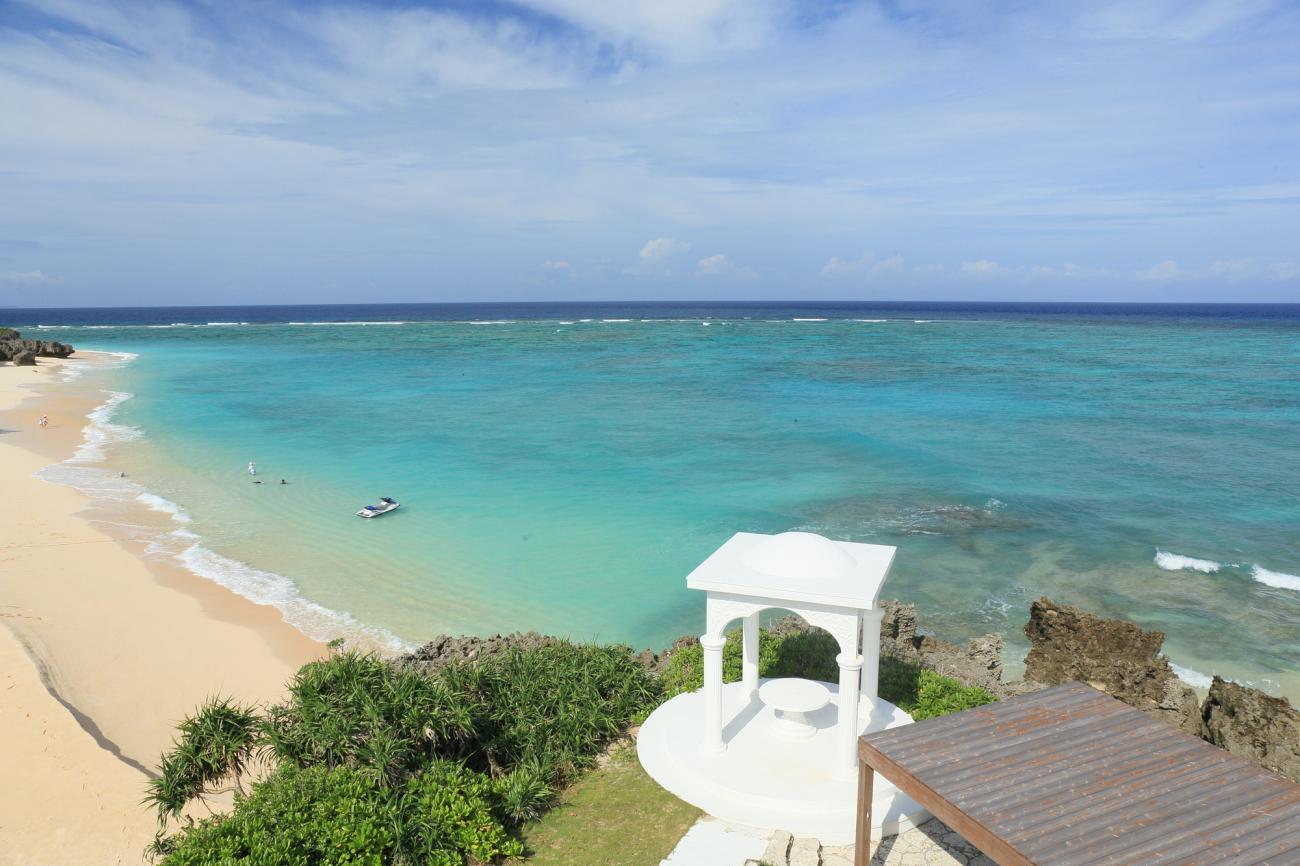
Yoron Island, nestled in the East China Sea, is a hidden gem among the Amami Islands of Kagoshima Prefecture. This small island, with a circumference of around 20 kilometers, is a part of the Amami Gunto National Park. It offers a serene escape with lazy beach days, snorkeling adventures, and the opportunity to explore the vibrant reefs via a glass-bottomed boat.

The island ticks all the boxes for a beach escape: subtropical climate; crystal-clear water; and watersports such as kayaking, diving, and swimming. For more restless travelers, there are also some unusual attractions to explore. Most notably, Yoron is home to Yurigahama Beach, a small sandbar known by locals as the “phantasmal beach” because it appears, disappears, reshapes, and relocates with the gentle tides. The beach is also famous for its star-shaped grains of sand. You can reach this beach (when it appears) on a small, guided boat tour.
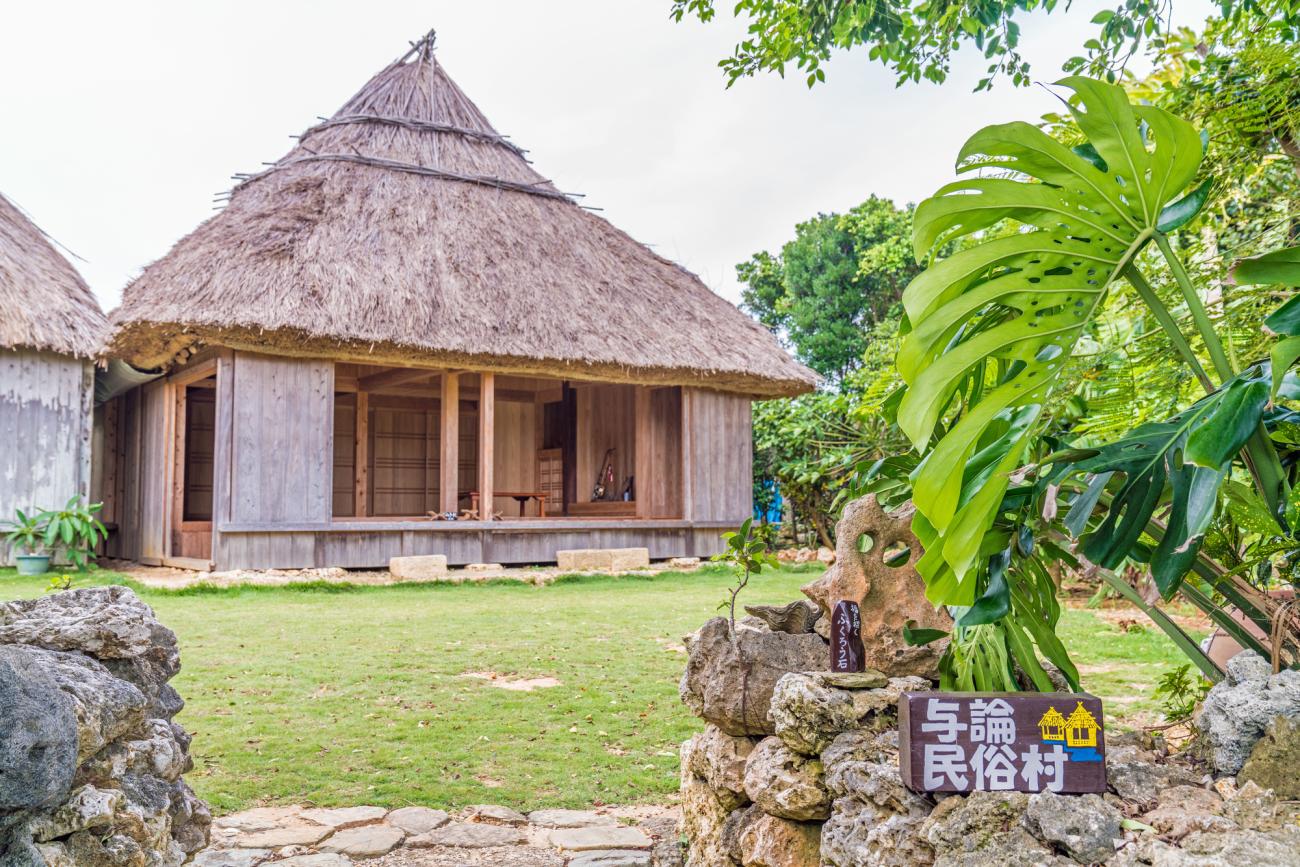
Just 5,000 locals live on the island, giving it a laid-back ambience and a different culture than elsewhere in Japan. The island is twinned with Mykonos, and some Greek influences are evident in a white-washed building known as the Greek Village. Dive into the island’s fascinating culture at The Yoron Minzokumura (Folk Village) to experiment with the island’s traditional crafts, including fabric dyeing, which uses plant juices from flowers, leaves, stems, and roots. Don’t miss The Southern Cross Center, the island’s museum, which gives an overview of its history, including its Full Moon Festival, agriculture, and Ryukyu culture in general.
This small island is easy to navigate despite not having any trains. There are public bus services, taxis, car rentals, bicycles, mopeds, and boats that you can rent.
There are only a handful of places to stay on the island, so it’s a good idea to book as far in advance as possible. One of the most luxurious of the island’s properties is Villa Amada, an ultra-chic property just two minutes from the beach. The island has several other properties, ranging from charming villas to sleek hotels.
2. Fukue Island (Nagasaki)
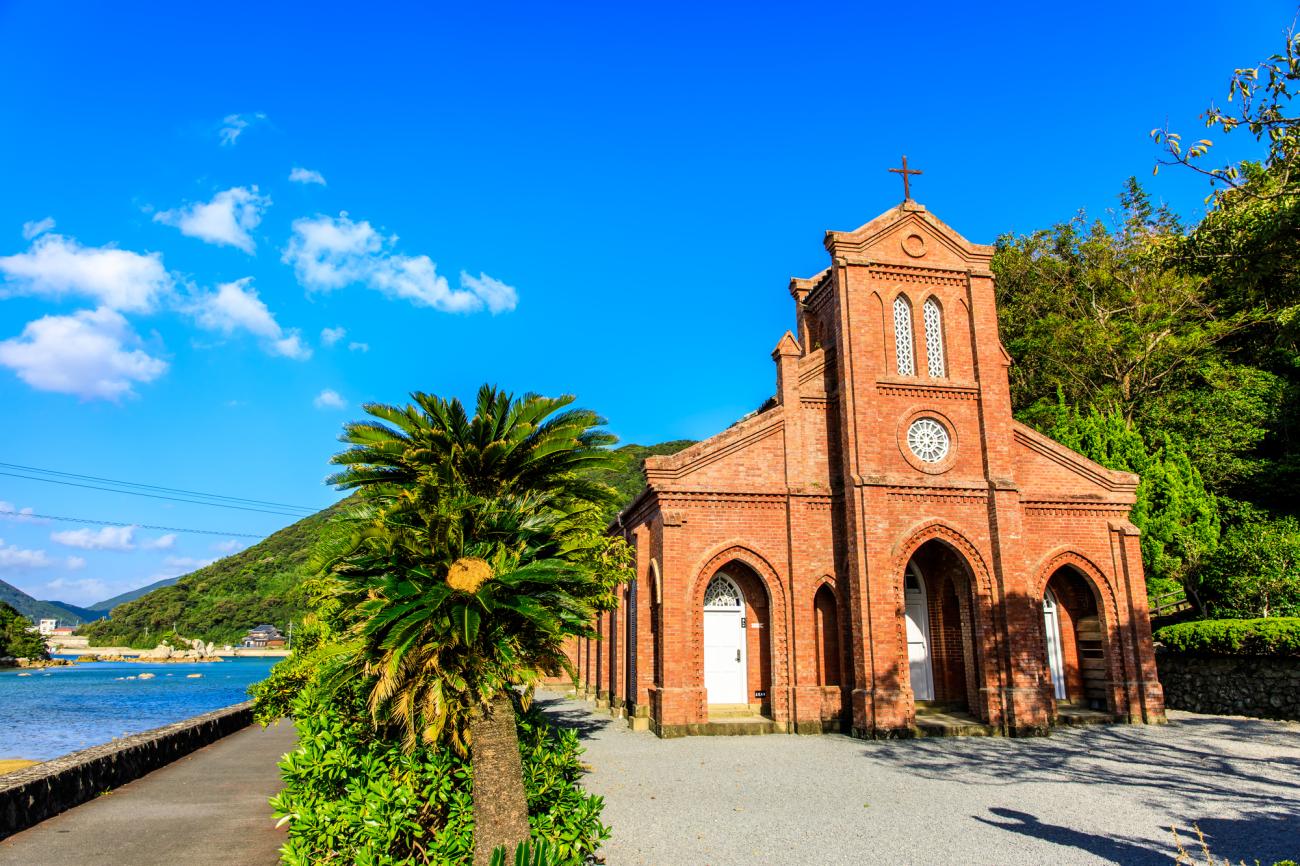
Fukue Island, the largest and southernmost part of the Goto Island chain in Nagasaki, is a haven for nature lovers. Its mountains are perfect for hiking, while its beaches offer serene strolls. The island's history is also a treasure waiting to be discovered. With its warm weather, breathtaking scenery, and delectable seafood, Fukue Island is a destination that should not be missed.
More surprisingly, it is also known for its Christian roots. When the religion was banned in the 16th century, many Christians fled to the Goto Islands, where they went into hiding far from the mainland. When the ban was lifted in the late 19th century, they began to build churches, many of which can still be seen today. Many people come to the Goto Islands to explore these religious relics.
The most vibrant part of the island is centered around the Port of Fukue, where most of the island's hotels, restaurants, and shops are located.

Those interested in the island's history have plenty to explore nearby. The Lord Goto Residence was built in 1861 as a retirement villa on the former grounds of Fukue Castle. Explore this aristocratic house and Japanese garden for an hour or two. Another must-visit is the Bukeyashiki Samurai Street, where the samurai classes lived during the Edo period (1603–1867). Much has been replaced, but you can still see stone walls and gates that have survived.
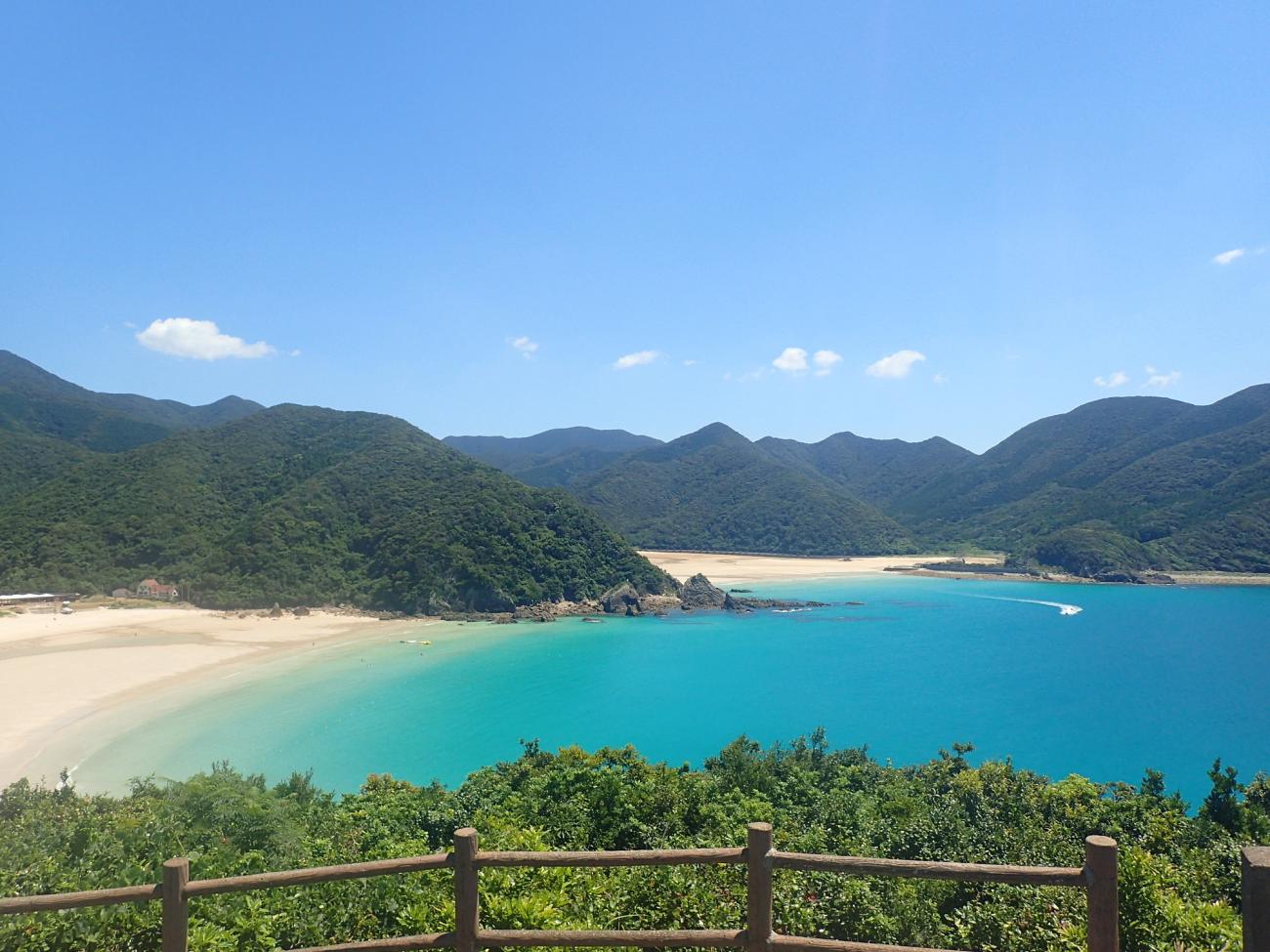
Island life isn't complete without plenty of beach time. Takahama Beach is widely considered the most attractive, with many saying it is the most beautiful in Japan. Gentle waves, warm and shallow turquoise water, and white sand provide all the ingredients for a perfect beach day. Fukue is reachable by boat, which takes a couple of hours from Nagasaki, or by plane from Fukuoka or Nagasaki.
For the most deluxe stay on the island, opt for Goto Retreat Ray by Onko Chishin, a property with just 26 rooms. Each has floor-to-ceiling panoramas of the ocean and an open bath. Perhaps the most delightful element of this hotel is the touch of local artisans throughout, who have contributed to its extraordinarily beautiful design.
3. Taketomi (Okinawa)
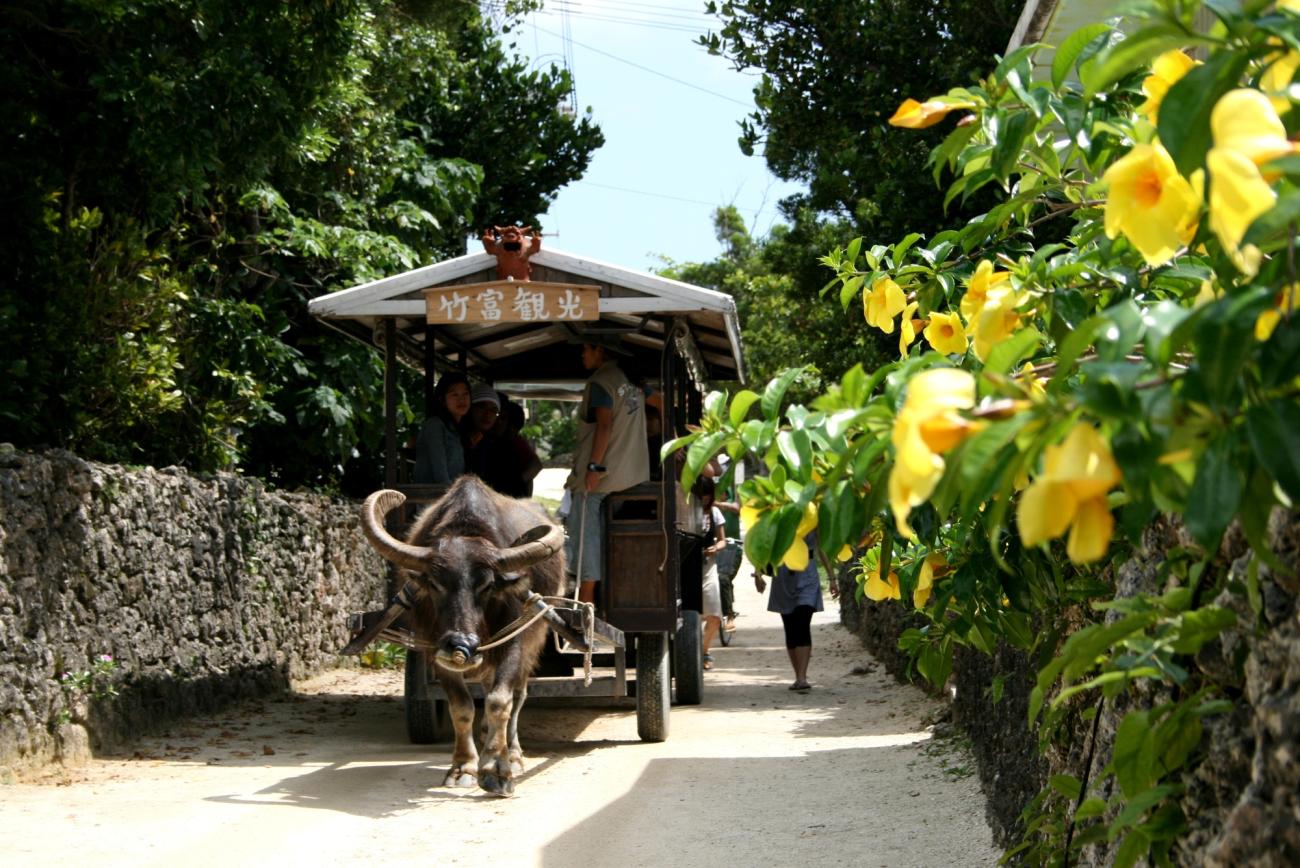
Taketomi Island is a small and remarkably well-preserved example of a Ryukyu village and remains largely untouched by contemporary design. The beauty of the island is its simplicity. Its traditional houses are surrounded by stone walls and adorned with Okinawa’s famous shisa lion statues. You can take the water buffalo-drawn cart tours of the village while your guide entertains you by playing local music on a sanshin (traditional stringed instrument).

The island’s beaches are beautiful, but most have little to no facilities, adding to their rustic charm. Kondoi Beach is the most well appointed. Its shallow water makes it tough to swim, but the white sand beach makes it an appealing spot to sunbathe.
Most people spend the day in Taketomi before hopping back on a boat to nearby Ishigaki island. Those who choose to spend the night can enjoy the serene evenings and mornings, feeling as though they have the island almost to themselves. Hotel Peace Island Taketomijima offers one of the island’s most tranquil stays.
4. Sado (Niigata)
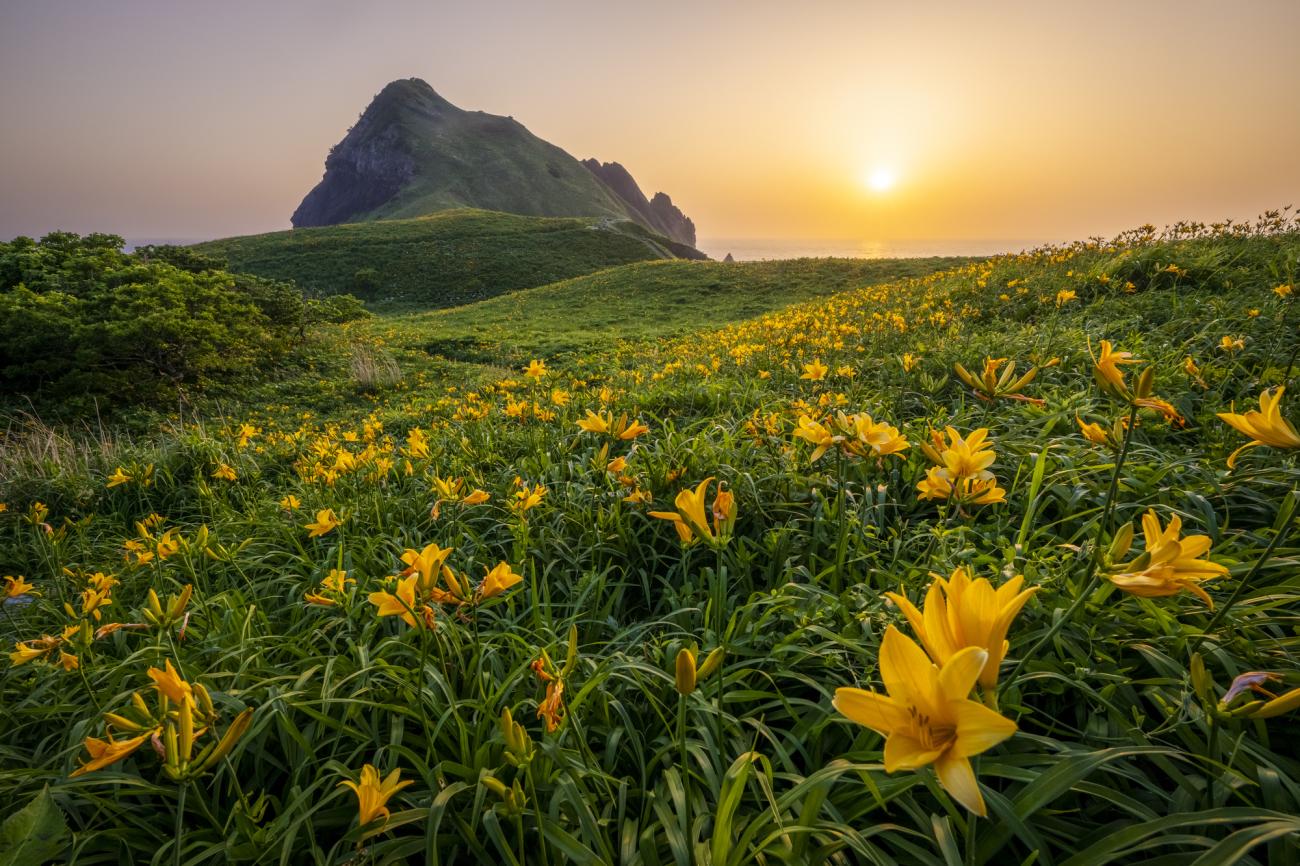
Sado Island off the coast of Niigata Prefecture may be fairly easy to reach now, but its remoteness once made it a place of political exile. Historical figures, including the ex-Emperor Juntoku, Nichiren ( founder of the Nichiren sect of Buddhism), and Zeami (founder of Noh theater) were all banished to the island. These intellectuals and artists helped create the island’s rich culture.

This large island has plenty to do. The surrounding ocean has an abundance of crab, shrimp, squid, amberjack, tuna, and oysters, but it also has many reefs, making it difficult to fish from standard boats. Sado’s ingenious solution is the Tarai Bune, which looks like a wooden barrel cut in half. It is not just a tool but a unique experience used to harvest seafood such as seaweed, turban shells, and abalone. Tourists can also take a trip in one to immerse themselves in the island’s unique culture, a truly intriguing and unforgettable experience. Other activities include exploring the island’s caves, inlets, lighthouses, and Ogi Coast.
Give your trip an upgrade by booking into Hotel Azuma, which offers open-air baths.
5. Yakushima (Kagoshima)
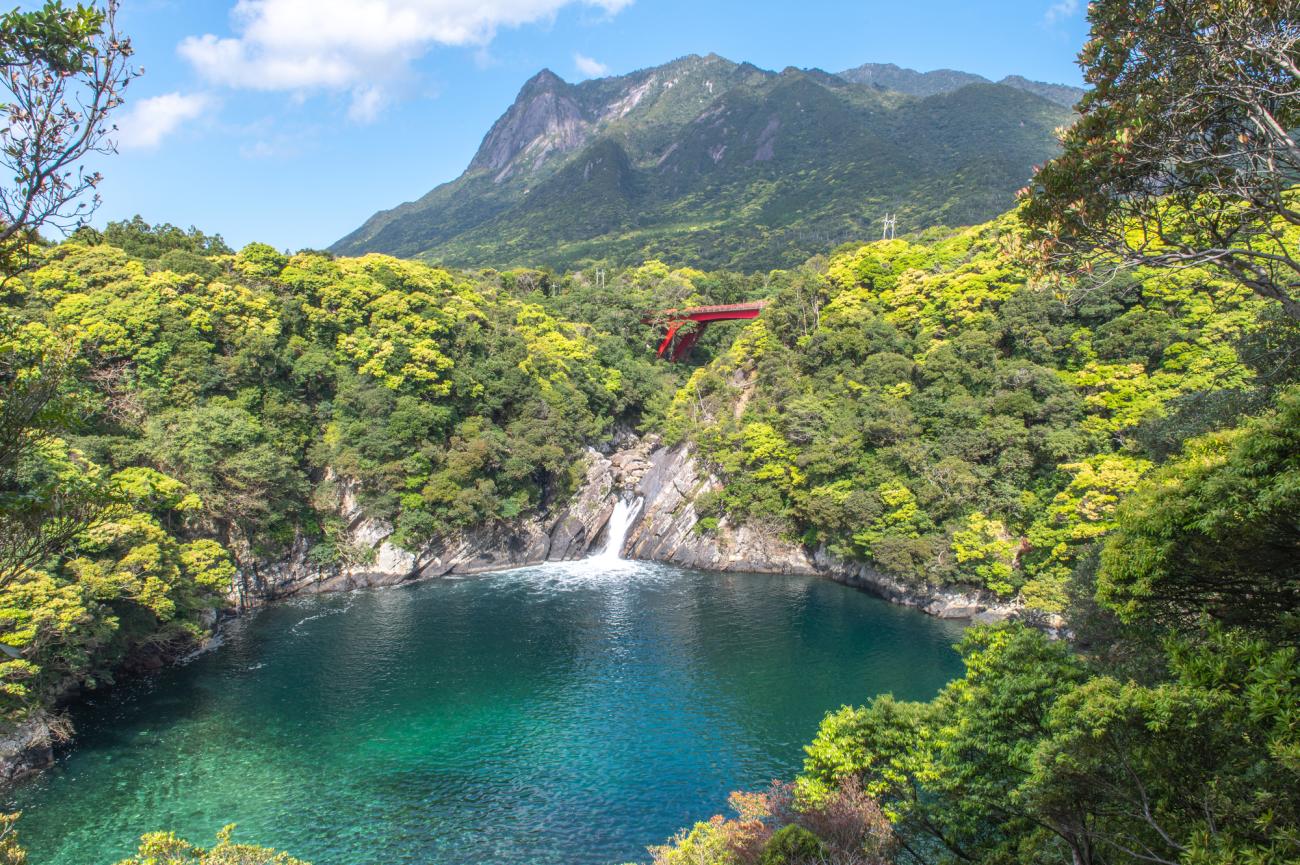
While a remote island may conjure ideas of beach lazing and sunbathing, Yakushima, 60 kilometers off the coast of Kagoshima Prefecture, offers something different. The main appeal of this notoriously rainy island (locals joke that it rains 35 days a month) is its lush and mossy ancient forest, much of which is designated as a UNESCO World Heritage site.

The island's old-growth forests are known for their Yakusugi cedar trees, which are cedar trees that are more than 1,000 years old. The oldest trees are thought to be more than 7,000 years old. Their twisted shapes and mossy roots give these forests an otherworldly ambience. The island has one of the largest differences in temperature and climate of anywhere on earth, so plants from both subtropical and cold temperate zones can be spotted on this island. This diversity in flora has also led to some incredible fauna, including animals unique to the island, such as the Yaku monkey and Yaku deer.
After a day of exploring, head back to a comfortable and relaxing hotel, Sankara Hotel & Spa Yakushima, between the mountains, forests, and sea.